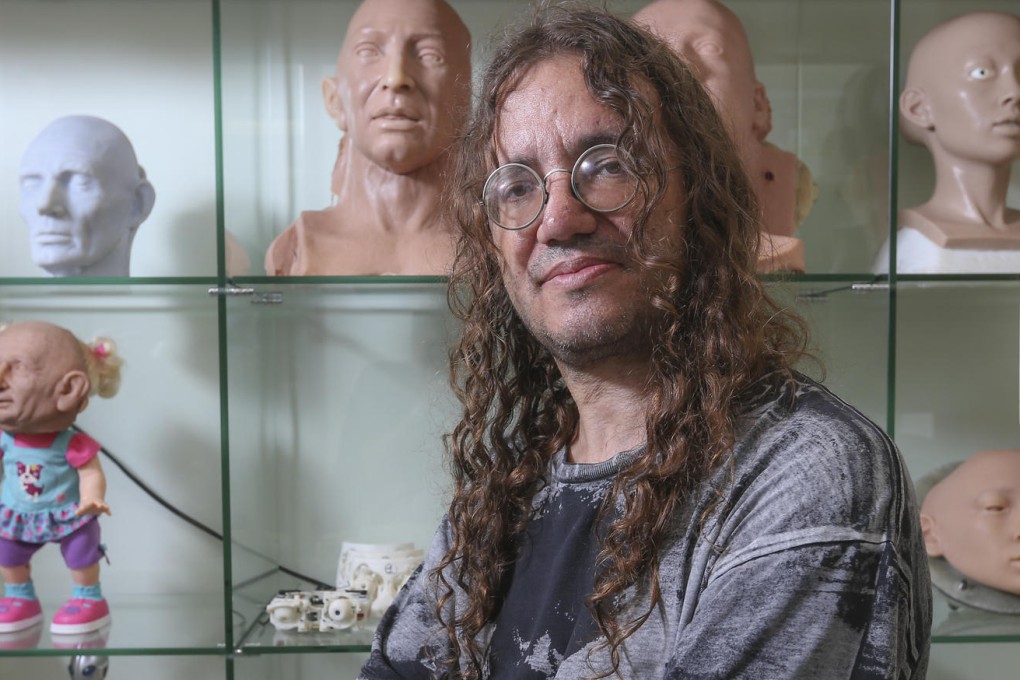Hong Kong artificial intelligence pioneer on immortality, the age of robots and manufacturing evil
Ben Goertzel talks to Sarah Lazarus about thinking machines and living forever

As a child I read voraciously, including adult-level science and history books - anything I could get my hands on. I was really bored in high school because I'd already learned most of the curriculum, so I applied to Bard College at Simon's Rock, in Massachusetts, in the United States, which admitted younger students, and started my degree in mathematics when I was 15.
I started reading science fiction aged three and became fascinated by artificial intelligence (AI), time travel, space travel, brain modification and robots, and the possibility of making those fictional things real. At university I tried to figure out if you could make a time machine by spinning an American football-shaped star really fast while circling it in a spacecraft. According to the laws of physics you could end up further back in time, but, obviously, there were some major engineering problems with that plan. In my 20s, I realised that to get things done, I needed to focus my thinking. I chose AI because my chances of achieving something significant seemed higher. It's an audacious, world-changing goal that you can work towards by sitting at your computer, writing code. There's no need to spin a star around.
I chose AI because my chances of achieving something significant seemed higher. It's an audacious, world-changing goal
"Artificial intelligence" is an umbrella term. At one end of the scale is "narrow AI" - highly specialised techniques used to carry out specific tasks. Narrow AI is very different to human intelligence. For example, IBM's Deep Blue chess program can evaluate 200 million positions a second. Humans can't do that. The human brain excels in a different way - it can take chess-playing strategies and apply them to other games. Deep Blue would need to be completely reprogrammed. I work at the other end of the scale.

I introduced the term "artificial general intelligence" (AGI) around 10 years ago, to distinguish it from the narrow kind. AGI is broader and has the capacity to learn from experience and to teach itself things. In this way, an AGI system is designed to function more like a human - when confronted with a new challenge, it takes what it learned in another context and figures out the solution by itself. When I started work on AGI, in the 1980s, people thought designing a machine that could think like a human was an impossible goal. To the rest of the AI community, me and my colleagues seemed like a bunch of wild-eyed mavericks with crazy ideas that were better suited to the realm of fiction.
AGI will eventually create autonomous machines. The machines will invent new machines, prototype them and build the factories, without involving humans
It's completely different now - AGI is almost mainstream. Now, when you say you're building a thinking machine, people don't say "you're insane", they say "but hasn't Google done that already?"
